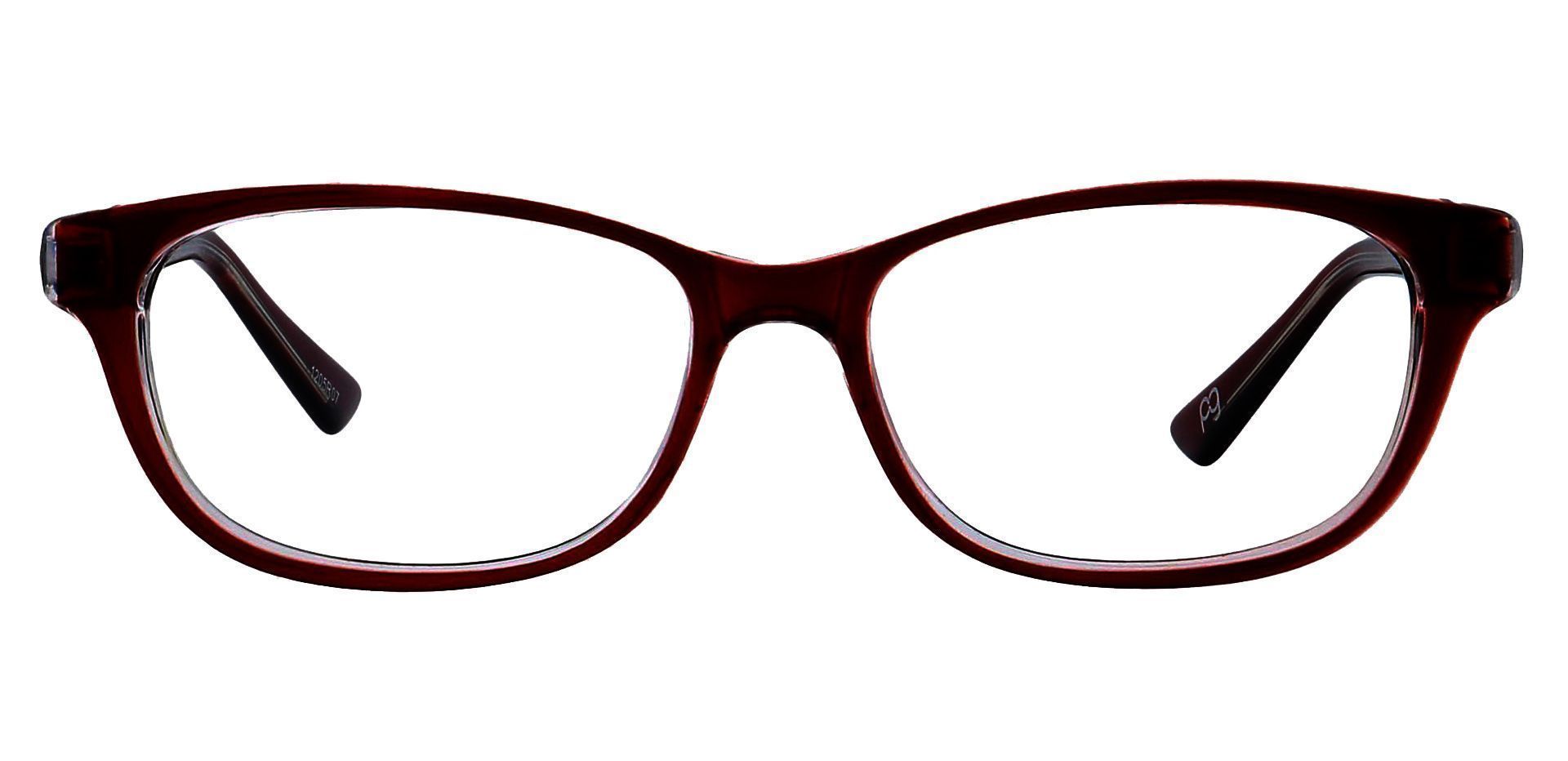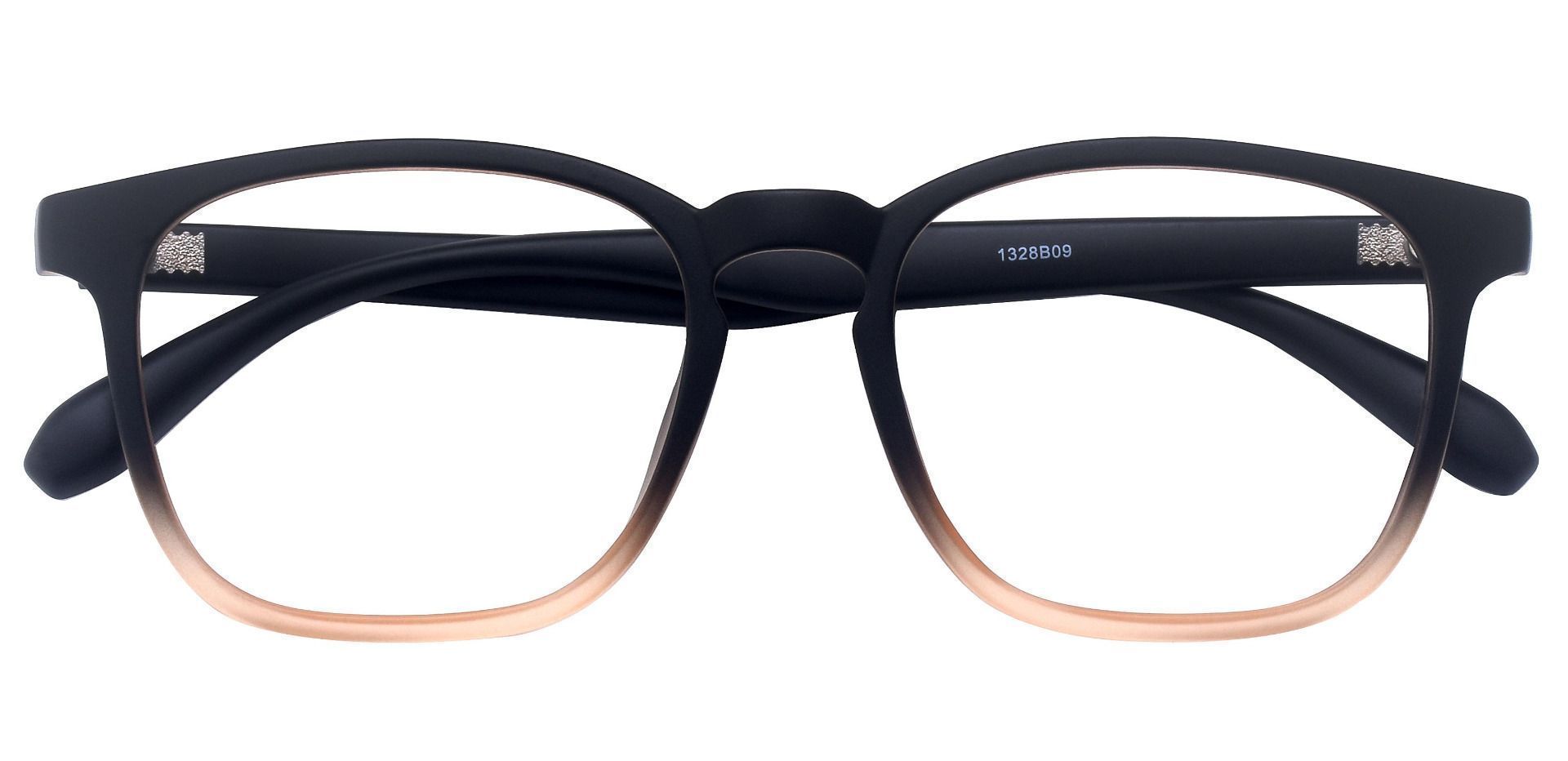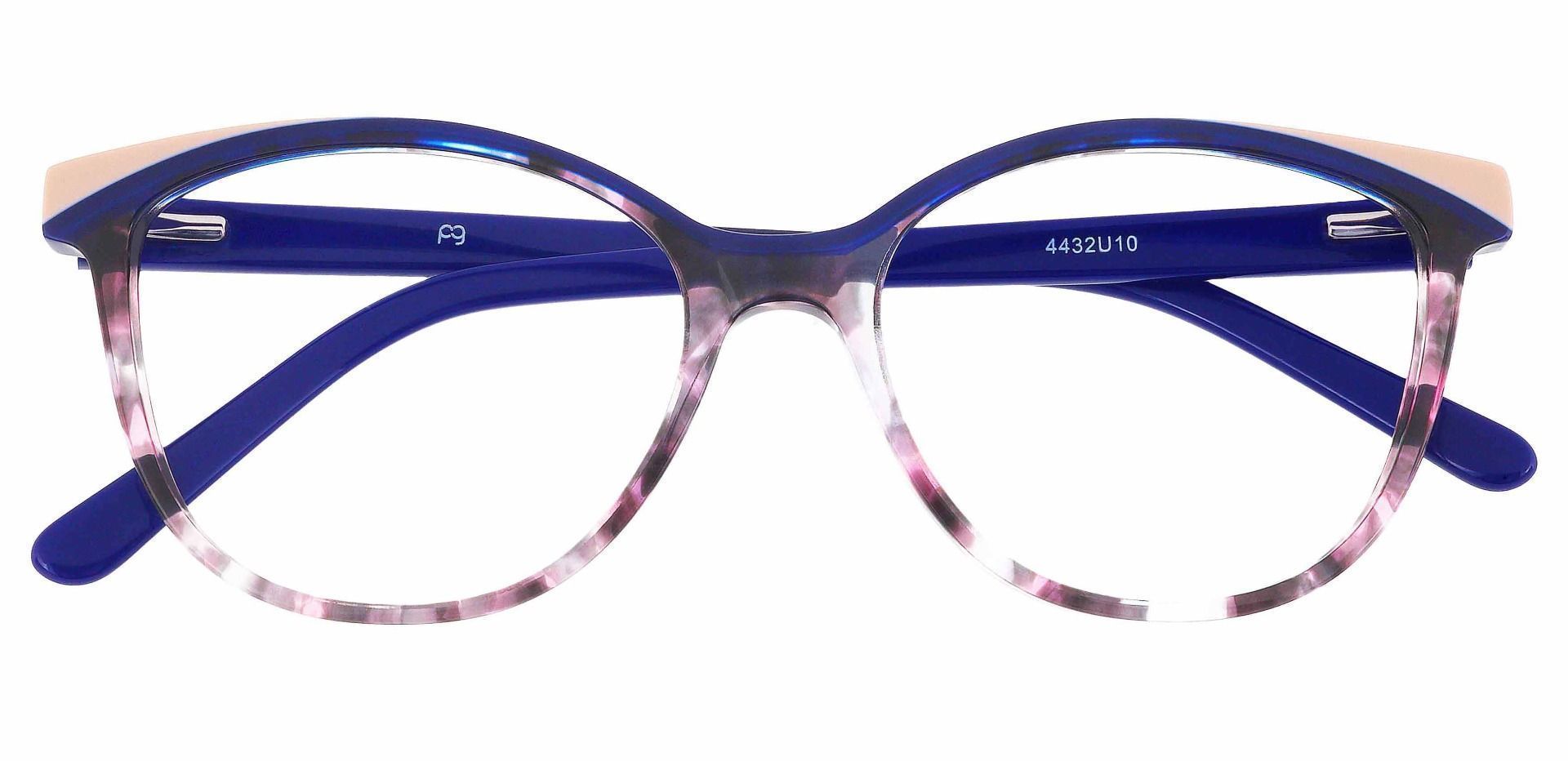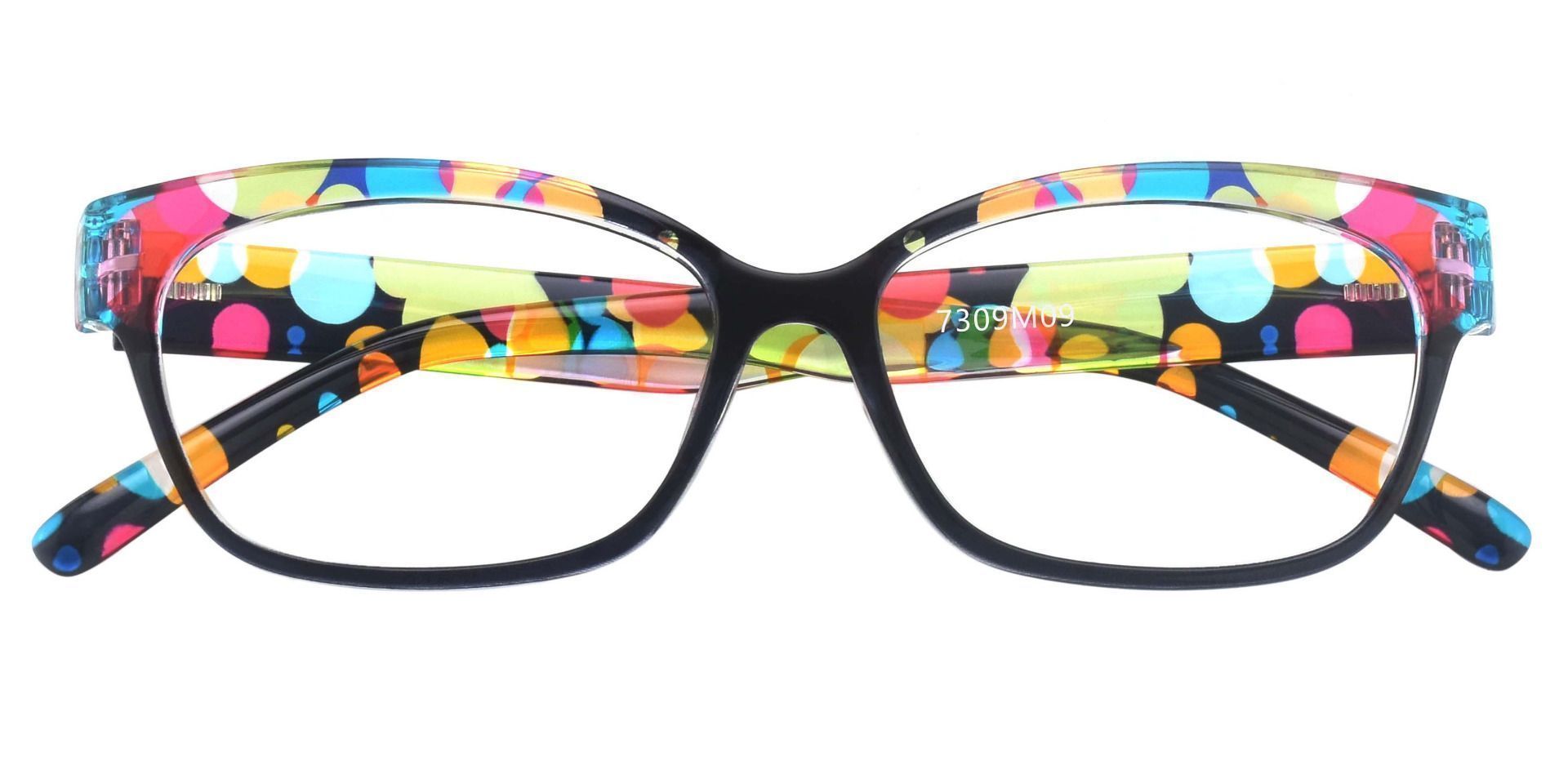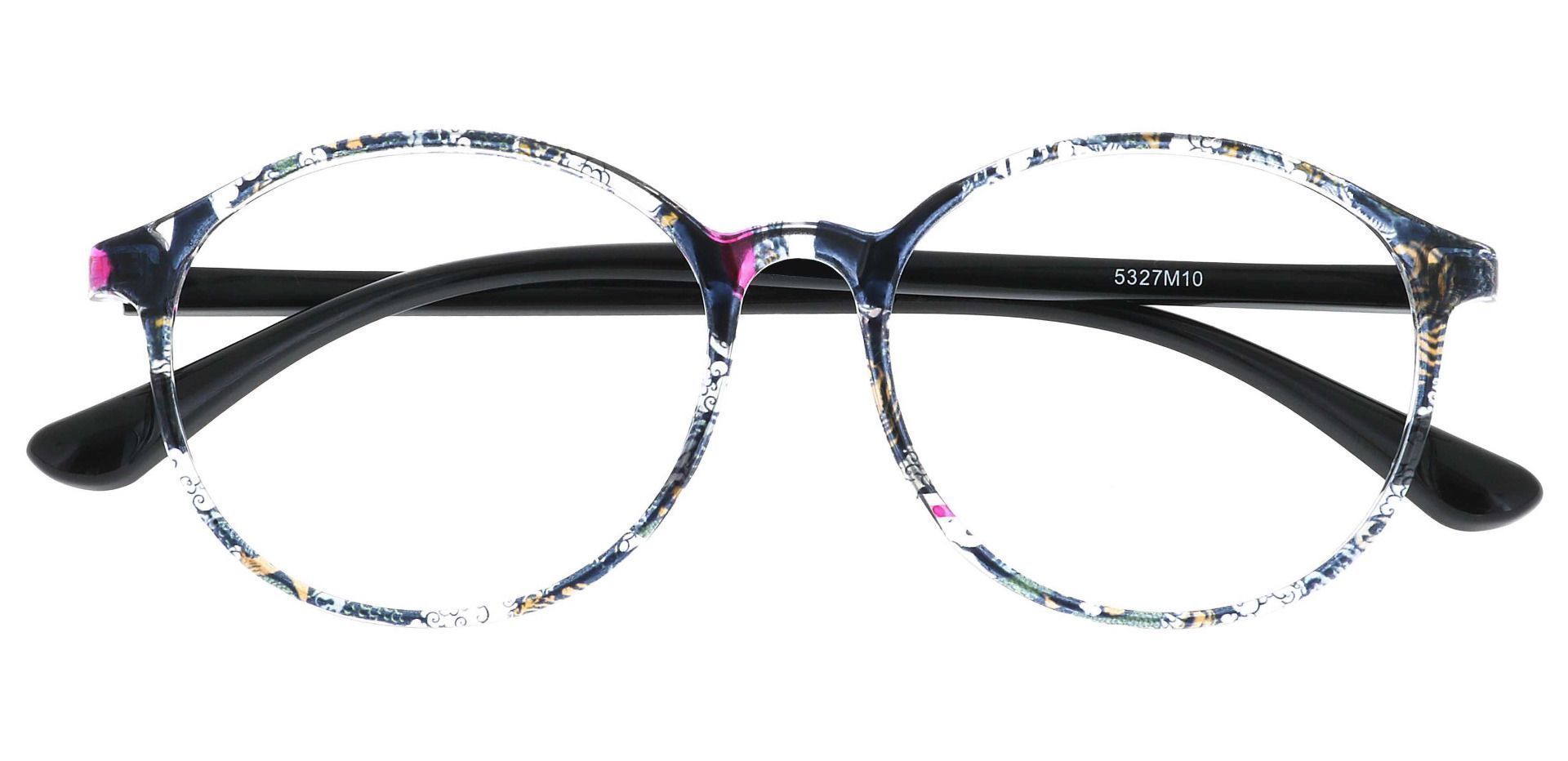How To Measure Your Pupillary Distance
(AKA "pupil distance" or "PD")
If you haven’t ordered prescription eyeglasses online before, the first time may feel a little daunting—especially when you come across unfamiliar terms like pupillary distance. Don't worry, we have you covered. This article and our video tutorials will help you learn everything you need to know about pupillary distance, how it relates to your prescription, and how to measure it. To skip ahead to specific topics, click any of the below links:
Table Of Contents
- What is PD?
- How do I know my pupillary distance?
- Can I just guess my PD?
- What is single and dual PD?
- What is the average pupillary distance?
- My PD is 32 and the frame's PD range is from 58?
- How to measure your PD with a friend
- How to measure your PD on your own
- How to measure your PD using an app (New & Easy)
When you are ready to measure your pupillary distance, download our special ruler here:
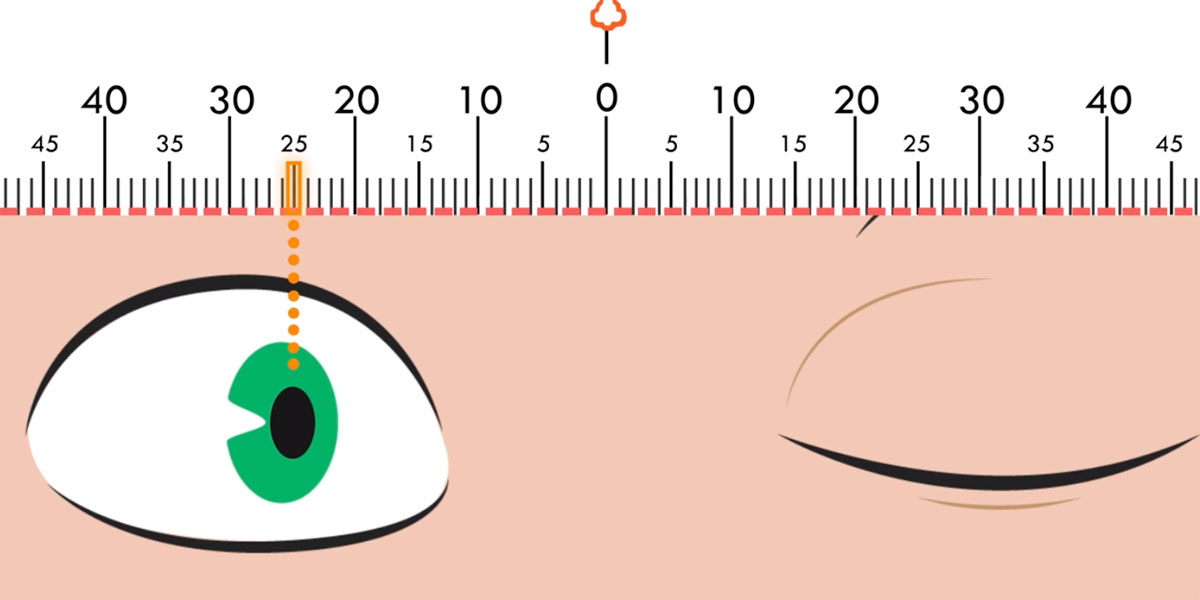
What is PD?
Pupillary distance, sometimes referred to as pupil distance or just PD, is the distance between the center of each pupil and the bridge of your nose measured in millimeters. Pupillary distance is essential for crafting prescription glasses because it helps us know where to place the center of your vision on your lenses. Without a correct measurement, the prescription power of your lenses will be off-center from your eyes and you won't be able to see out of your glasses, even if your prescription is otherwise 100% correct.
Related Items
How do I know my pupillary distance?
Two ways:
- You can measure it using our special ruler
- You can obtain it from your optometrist
You may not have realized, but each time you purchased glasses from an optometrist, they measured and used your PD to craft your lenses. Unfortunately, this measurement isn't always included on the print-out prescription you receive after an eye exam. So if you want to order eyeglasses online, you can either ask your optometrist for your PD or measure it yourself. If obtaining your measurement from your optometrist isn’t possible, no worries—you can measure it from home using our special ruler! Scroll down to our tutorials now.
Can I just guess my PD?
Do not guess your pupillary distance then order prescription glasses!
Pupillary distance must be accurate for prescription glasses to properly work. Think of it like guessing your shoe size: If you end up with a pair of shoes too big or small to wear, you would need to size your feet properly then order a new pair. The same principle applies here—guessing will result in you not being able to see out of your prescription glasses properly and you will have to order a new pair with the correct pupillary distance.
What is single and dual PD?
They are non-scientific terms for the following:
Monocular PD, sometimes referred to as dual PD, is the measurement of the center of each pupil to the bridge of the nose.
Binocular PD, sometimes referred to as single PD, is total distance between the center of both pupils.
Which is more accurate: monocular or binocular PD?
We recommend measuring for monocular PD. This is why:
Our eyes aren't symmetrical, meaning one may be a bit further from the bridge of the nose than the other. Breaking it down, one person's binocular PD may be 58.5mm total, but their monocular PD may be 27mm for their right eye and 31.5mm for their left. Monocular PD allows us to be as accurate as possible when crafting your lenses, especially in the case of progressives—which are lenses that include prescriptions for both distance and reading.
What is the average pupillary distance?
A binocular PD of 50mm or lower is typical for a child. So if you get those values, we recommend you check your ruler and methods then measure again!
My PD is 32, the frame's PD range is from 58?
Unless it's for a baby or young child, when your doctor writes your PD being any number less than 40, it's your monocular PD. If only one number is written, you can double that number and compare with the frame's PD range. When you are ready to order, be sure to use "Monocular PD" when entering your prescription!
How to Measure Your PD with a Friend
Measuring with a friend is the preferred method to measure your pupillary distance at home. For this tutorial, you will need a friend and our special ruler. If a friend is not available, scroll further for our tutorial on how to measure on your own.
STEPS
- 1 Print our tip sheet, which includes a special ruler to measure your PD. Ensure it's scaled properly by comparing your Driver's License against the key.
- 2 Have your friend stand approximately 8 inches away or more. Hold the center of the special ruler straight over the bridge of your nose.
- 3 To measure your right eye, stare straight ahead and close your left eye. Your friend should close their right eye and note the mm mark on the ruler directly above the center of your right pupil.
- 4 To measure your left eye, stare straight ahead and close your right eye. Your friend should then close their left eye and note the mm mark on the ruler directly above the center of your left pupil.
- 5 Repeat this process at least three times to ensure you have an accurate measurement.
VIDEO
How to Measure Your PD on Your Own
To measure on your own, you will need a mirror and our special ruler. Measuring with a friend is the preferred method. If you have a friend available, scroll up for our how to measure with a friend tutorial.
STEPS
- 1 Print our tip sheet, which includes a special ruler to measure your PD. Ensure it's scaled properly by comparing your Driver's License against the key.
- 2 Stand in front of a mirror approximately 8 inches away or more. Hold the center of the special ruler straight over the bridge of your nose.
- 3 To measure your right eye, stare straight ahead and close your left eye and note the mm mark on the ruler directly above the center of your right pupil.
- 4 To measure your left eye, stare straight ahead and close your right eye and note the mm mark on the ruler directly above the center of your left pupil.
- 5 Repeat this process at least three times to ensure you have an accurate measurement.
VIDEO
How to Measure Your PD Using an App (New & Easy)
If you have access to an iPhone X or later version, there are several mobile apps that can help you measure your PD quickly. The app recommended by our customers is called "EyeMeasure" and it's free (as of January 2020), you will need to get this app to do the measurement. Please note we are not affiliated with the developer of this app in anyway, nor can we guarantee the accuracy of the measurement. During our internal testing of this app, we found the result of this app is about 1.5 - 2.0 mm smaller than the actual values of our binocular PD.
STEPS
- 1 If you don't have the app on the phone, get it here from the app store.
- 2 Launch the EyeMeasure app and look into the camera
- 3 Note down the "Far PD" shown on the app.
- 4 Repeat at least three times to ensure you have an accurate measurement.
Congratulations! Now that you have accurately measured your pupillary distance, you’re ready to order prescription glasses online.





